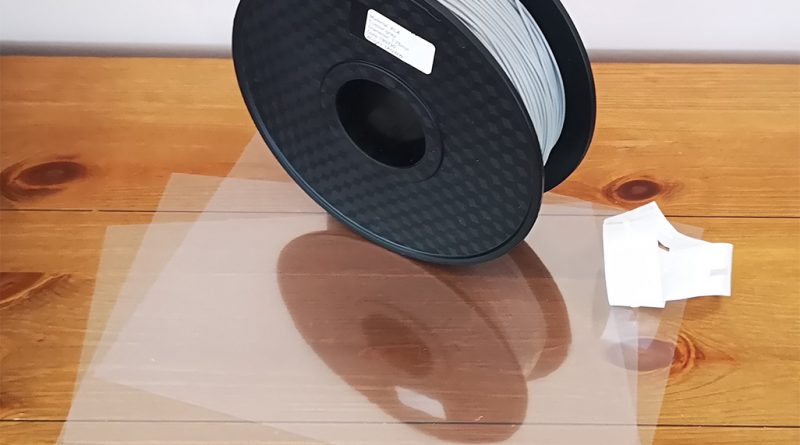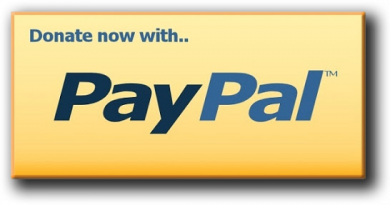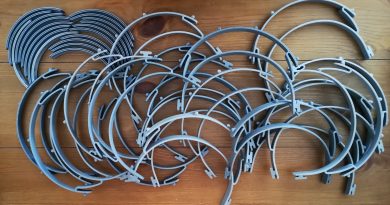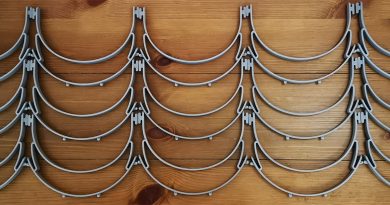What does it take to make a Face Shield?
For those of you that want to know more about what it takes to make a 3D printed face shield and what it costs, read on and I will hopefully explain here.
Each Face shield consists of 4 parts, the headband, the visor, the bottom visor guard, and the elastic strap.
The headband and the bottom visor guard are the 3D printed parts and everything else is sourced and made out of whatever materials are available. Currently the visors are created from OHP acetate sheets and the elastic straps are made from either buttonhole elastic, disposable tourniquets or even at a push rubber bands.
Each face shield currently costs upwards £1.80 in materials alone to produce. This does not factor in any electricity costs, packing materials, postage/shipping costs, or fuel if personally delivering/dropping off the shields.
- A 1kg roll of filament costs between £25-£30 and will produce around 24 face shields or between £1.04-£1.25 per face shield. (assuming no failed prints)
- A4 Acetate sheets cost around £0.12 per sheet.
- Elastic/disposable tourniquet £0.15-£0.20
- Sundry items like zip lock bag, cleaning agent, paper/ink ~£0.30
Once they are manufactured they are cleaned and sterilised using Isopropyl alcohol, packed into individual zip lock bags along with a printed sheet referencing assembly instructions and when, where and who made it.
The face shields are packed into individual bags to prevent contamination during handling and distribution. It is believed that the COVID-19 virus can stay alive for up to 72 hours on plastic surfaces, so ideally recipients should not use the face shields for 3 days from the date of manufacture printed on the reference sheet.
There are now literally dozens of designs for 3D printed face shields now available, but the particular design that I have stuck with and producing is the Prusa Release Candidate 3.
Why the Prusa RC3 you ask? Prusa are a well respected Czech 3D printer manufacture and when the Coronavirus crisis first started to take hold Josef Prusa was one of the first people to respond. Prusa and his team designed a prototype face shield and tested it, refined it and tested again dozens of times consulting the Czech Ministry of Health and leading health professionals constantly. Prusa was able to design and create a widely accepted, easy to manufacture and approved 3D printed face shield in 3 days.
The Prusa design has been permitted by the Czech Ministry of Health and accepted as one of the better designs worldwide. It is being produced in many countries by individuals, schools, universities and businesses to try and fill the shortfall of proper PPE. Although not officially approved in the UK it is being accepted as better than nothing.
Prusa is also putting considerable effort into testing disinfection/sterilisation methods that are effective and safe to use. More information on the current research and findings can be found on the Prusa website. https://help.prusa3d.com/en/article/prusa-face-shield-disinfection




